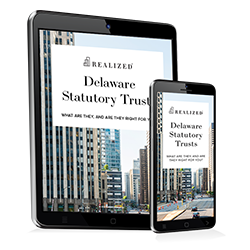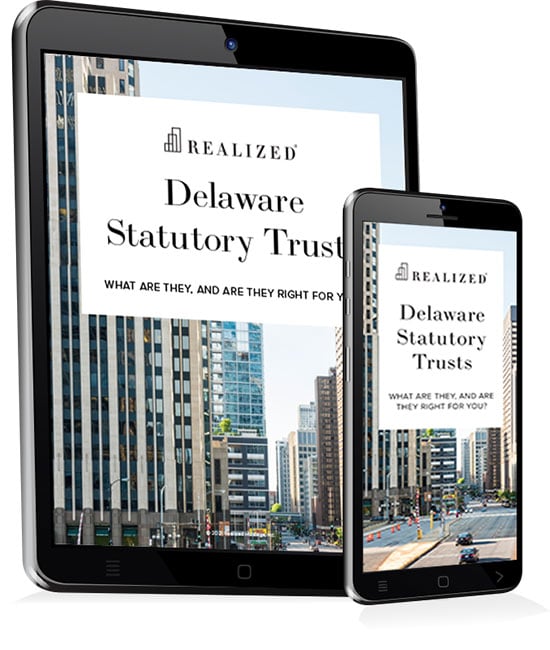
As you prepare to invest in a Delaware Statutory Trust (DST), you’ve likely become aware that some of these investment vehicles concentrate on a few key industries. One of these sectors is self-storage, which has seen a rising demand in recent years due to factors like increases in rent and the boom of e-commerce.
Even with the promise of low operating costs and resilience during economic cycles, however, it’s best to carry out a comprehensive assessment before considering a DST investment in self-storage facilities.
Below, Realized 1031 shares insights on evaluating Delaware Statutory Trust investments in self-storage facilities so you can apply these when deciding where to place your capital.
Understanding Delaware Statutory Trust Self-Storage Properties
Let’s recap: a DST is an investment vehicle that owns underlying real estate assets. While many own properties in several asset classes, some concentrate on singular sectors like self-storage.
Investors hoping to become part of self-storage DSTs must purchase beneficial interests. This step can be done through a 1031 exchange, wherein you acquire the interest using the proceeds from selling a relinquished asset.
Naturally, self-storage facilities earn monthly rental from the tenants. The DST then deducts operating expenses and distributes the net income to investors and the funds you receive will be proportional to the interests you own. This structure provides passive income while also helping you to defer capital gains taxes, making DSTs a strategic tool for investors.
Why DST Self-storage Facilities Are Beneficial Investments
There are a few reasons why self-storage real estate has become an appealing option to modern investors.
- Consistent Demand: Temporary storage has (and has typically had) a stable demand, given how people are always moving, downsizing, or needing storage solutions during transitions.
- Resistance to Recessions: Regardless of the state of the economy, people will still need storage solutions. Hence, self-storage has historically outperformed other types of real estate during recessions.
- Scalability: Facilities range from small community storage centers to large multi-story complexes, providing flexibility in investment strategies.
Assessing DST Self-storage Investments
Before committing to a self-storage DST, here are some essential considerations you’ll want to thoroughly evaluate.
Location and Market Demand
Even though self-storage isn’t as risky as certain other sectors, it’s still not entirely immune to market conditions. It’s essential for investors to evaluate real estate fundamentals, including the proximity of properties to high-demand locations and the surrounding demographics.
Supply and Competition
Oversupply is a significant risk in this sector, as new developments can lead to lower occupancy rates. As such, investors must assess the overall competitive landscape, not just the DST’s performance.
Sponsor Quality
DSTs restrict control and management to only the sponsor. Given this rule, investors must also assess sponsors and their management strategies to determine their capabilities. Look for sponsors with proven experience in acquiring, managing, and successfully exiting self-storage assets.
Fee Structure and Expenses
DSTs involve upfront acquisition fees, ongoing management costs, and sometimes financing expenses. Understanding these fees and how they impact projected returns helps you set realistic expectations.
Wrapping Up: Considerations for DST Self-storage Properties
Self-storage real estate has experienced steady growth over the past few years, and DSTs focused on these assets have become increasingly appealing to many investors. Before committing to one, you still need to evaluate each offering thoroughly to ensure that the investment can help you reach your goals. Aspects like market demand, sponsor quality, and competition are just some of the factors you’ll want to assess to see the full picture and gain confidence in your decision.
Sources:
https://www.neighbor.com/storage-blog/are-storage-units-a-good-investment-during-a-recession/



